ATi’s B12 Wet Gas Detector offers reliable measurements in wet scrubber outlets for other gas streams saturated with water vapour.
Accurate gas measurement in wet gas streams
The B12 Wet Gas Detector was developed to provide reliable measurements in wet scrubber outlets for other gas streams that might be saturated with water vapour. These gas detector systems were specifically designed for monitoring strong oxidants (chlorine, bromine, chlorine dioxide, or ozone), acid gases (HCl or HF), and hydrogen.
Increasingly stringent air quality requirements have led to expanded use of wet scrubber systems to control pollutant gases released as air emissions. Chlorine storage facilities and chemical process plants are frequently required to scrub exhaust gas streams to remove halogen and acid gases. Unfortunately, monitoring reactive gas concentrations in moisture saturated air streams presents problems for standard diffusion gas sensors. Condensing water in these air lines can quickly blind standard diffusion transmitters, rendering them inoperable.
The basic B12 Wet Gas Detector system consists of a loop-powered 2-wire transmitter and a corrosion resistant sensor specifically engineered to operate at 100% RH. Gas sensors are designed for direct insertion into vent stacks, or may be used in a flow-cell if a sample can be pumped to the sensor. When remote display and alarm relay functions are required, the B12 wet gas transmitters can be connected to ATI’s B14 Gas Alarm Module. This receiver system will provide direct digital display of gas concentrations, plus 3 alarm set points, a remote alarm reset input, and retransmitted 4-20 mA output. The B12 wet gas transmitter may also be used separately and tied directly to the user’s DCS, PLC, or other equipment. Either way, the B12 Wet Gas Detector is an excellent solution to a difficult gas monitoring problem.
Features & specification
- Minimal maintenance
- Rapid response
- Transmitter LCD display option
- Loop-powered electronics

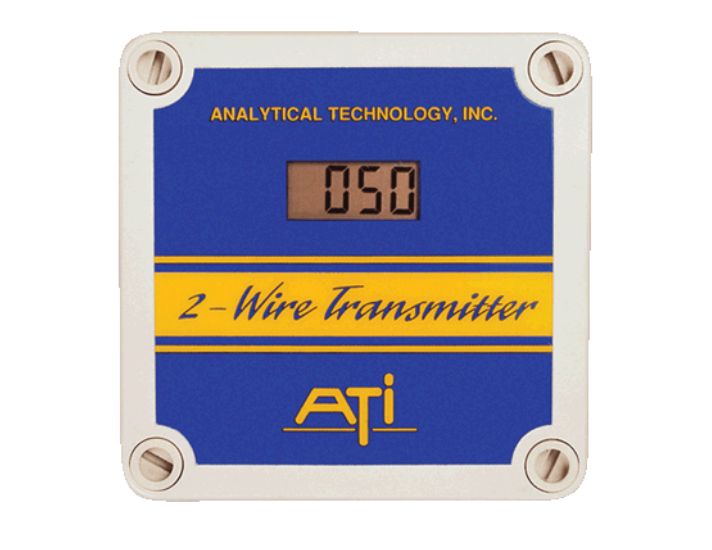
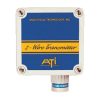
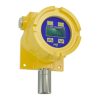

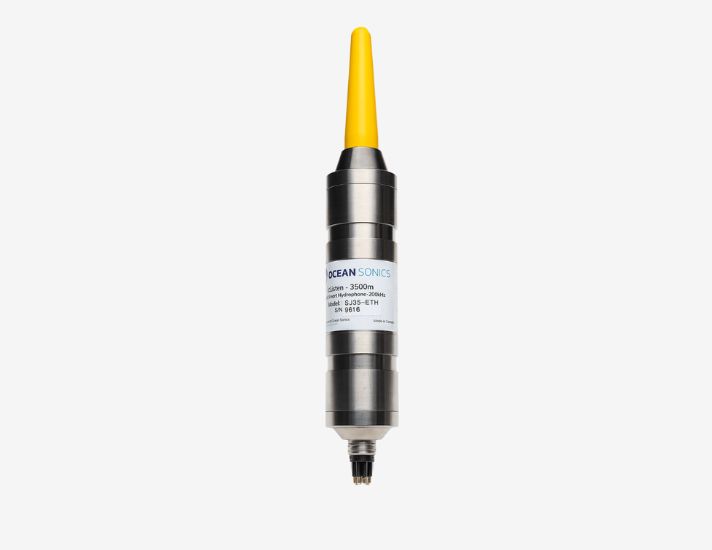

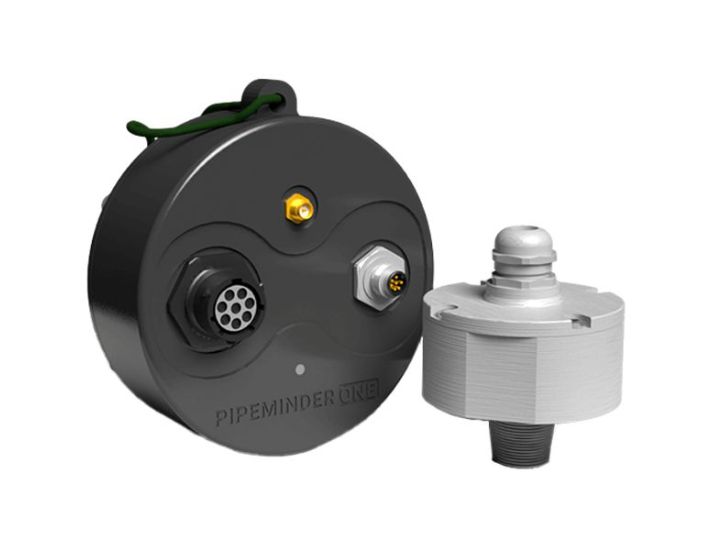
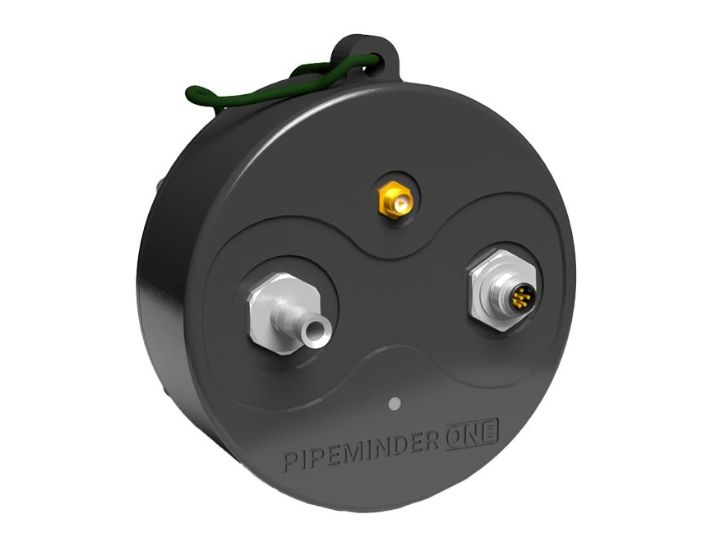

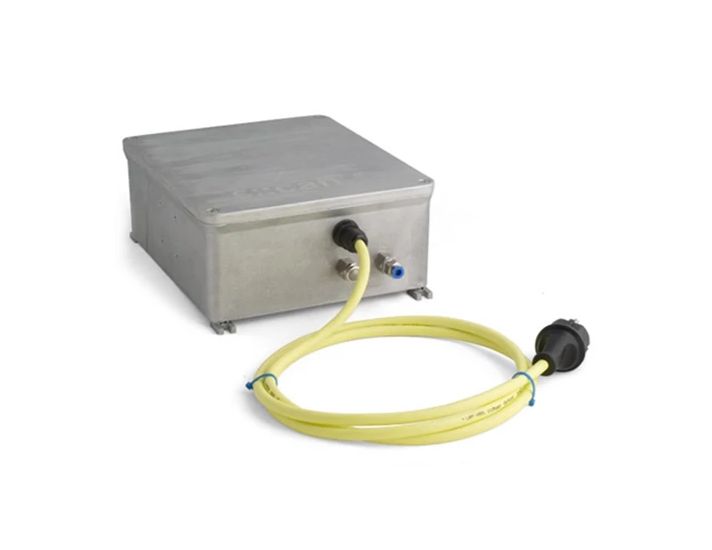
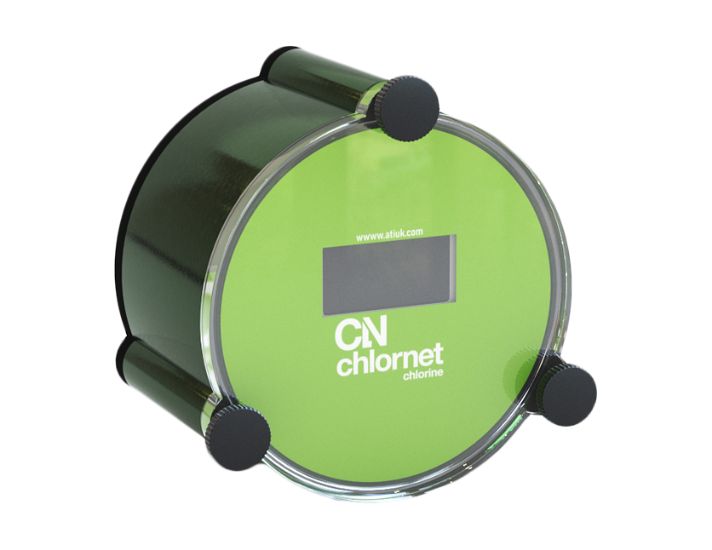
Review B12 Wet Gas Detector
There are no reviews yet.